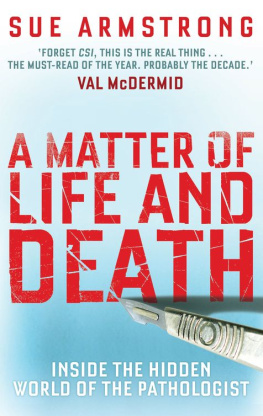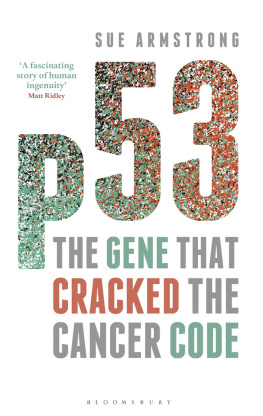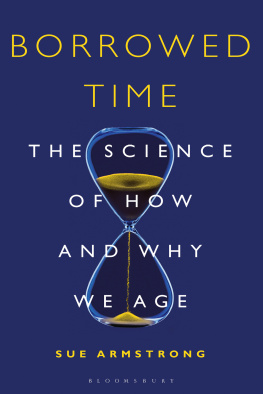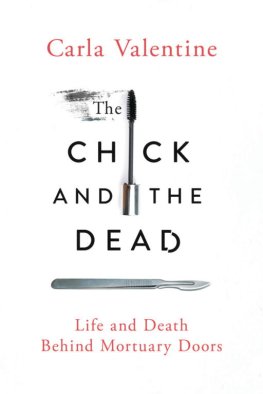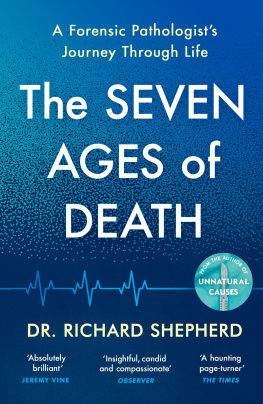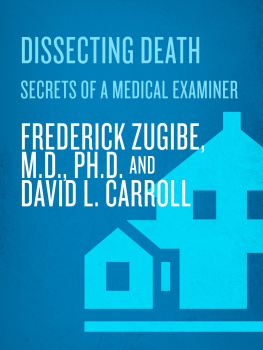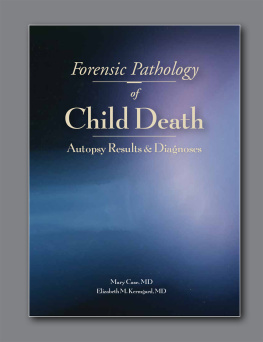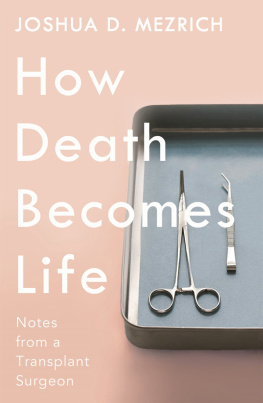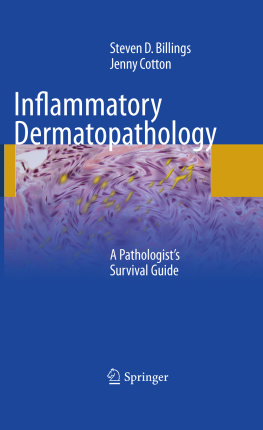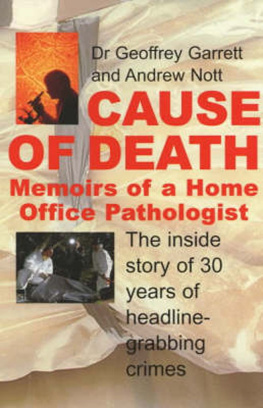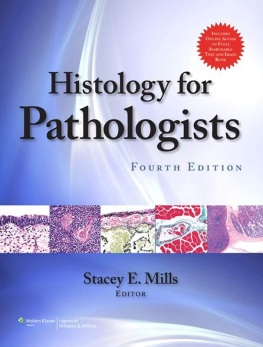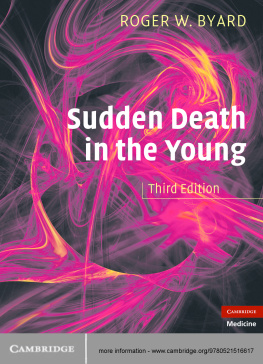I really became interested in pathology during my second year at medical school. Looking through the microscope I saw medicine come alive. I wanted to understand disease and what caused it, and how these changes occurred in the patient. Pathology certainly was not a dead science in any sense. I felt I learnt most of my medicine by studying pathology. It was the basis for everything.
I grew up in a medical family. At the time of my birth my father, a doctor of tropical medicine, was working in the southern Sudan and this is where I spent the first six years of my life. When independence came in 1956, my father left the Sudan Medical Service to join the Shell Oil Company. He moved to Borneo to run a specialist TB clinic and a general hospital serving the indigenous Dyak tribespeople, who lived in stilted long-houses on the fringes of big rivers deep in the jungles of Sarawak.
My fathers was not a nine-to-five job. We lived close to where he worked; he was home frequently during the day, and my mother, two sisters and I were deeply involved in his world. I remember hearing his stories about patients and diseases at the meal table, accompanying him on ward rounds occasionally and being taken to meet particularly interesting people. There is a picture in the family album, for instance, of myself and my younger sister Julie standing at the hospital bedside of the Queen of the Dyaks. She is tiny and bird-like, and her pierced ears, weighted down with many rings, hang down to her waist.
My father was not a pathologist. But in the out-of-the-way places he worked, you had to be a Jack-of-all-trades; and he relied heavily on the voluminous pathology textbooks that lined his study walls. I have abiding memories of leafing through these with a mixture of horror and fascination at the lurid photographs of tropical ailments that disfigured faces and limbs. I remember, too, a photograph among the family collection from our Sudan days of a man with elephantiasis of the scrotum, who carried his massively swollen genitals before him in a wheelbarrow.
I might have followed in my fathers footsteps but for two things: I am squeamish about other peoples pain, and I always wanted to be a writer. But as a journalist it seemed the most natural thing in the world to focus on health and medicine. And when the opportunity came to explore this particular specialisation in depth, I was delighted.
Pathology the scientific study of disease and disease processes has its roots in Renaissance Italy, when some doctors, curious to know what lay behind the superficial signs and symptoms of illnesses for which they treated their patients, began to cut open the bodies of those who died, to explore the internal organs. But it was only around 200 years ago, under the influence of German physician Rudolf Virchow, that pathology developed into a formal discipline and began to be taught as part of the medical school curriculum.
Pathology is the cornerstone of modern medicine. It is the science that has progressively replaced the myth, magic and superstition of traditional medicine with a rational basis for the care of the sick. Pathologists are vital members of the clinical team, responsible for around 70% of all diagnoses in the UK National Health Service today. It is they who determine exactly what kind of cancer a patient is suffering from and what stage the tumour has reached; they who are responsible for recognising new diseases such as AIDS, SARS, bird flu and new variant CJD when they first appear in a population; they who identify the bacterium, virus or other organism responsible for an outbreak of infection in a community; and they who will be tasked with investigating why a seemingly healthy baby dies soon after birth.
The great majority of their work is to do with living patients, yet the prevailing image of the pathologist popularised by TV is of someone working with a body pulled from a canal or a shallow grave to try to find out what happened. Its this association with the macabre that led to their being vilified and dubbed doctors of death when the storm blew up over practices at Liverpools Alder Hey and Bristol Childrens Hospitals in 2001. Then, parents of children who had died at the hospitals became aware for the first time that the small bodies they had received for burial after post-mortem were not always complete that their childrens brains and other organs were sometimes retained for further investigation or research. This was not a secret, but neither was it always made explicit to parents, and the revelation caused a storm of outrage directed at pathologists. Paediatric pathologists, in particular, came in for abuse. Some received threatening phone calls at home; others found their children being bullied at school because of their parents profession.
To a medical journalist this was a challenge: how to defuse this ugly mood and bring some understanding of the critical, but hidden, role pathologists play in all our lives. I put the idea to the BBC of a radio feature looking at what kinds of people go into pathology and what they actually do. It was readily accepted and I was asked for a two-part series for Radio 4 that was broadcast at prime-time in the evening science slot. The first programme allowed pathologists simply to talk about themselves and their work. The second focused on a patient with breast cancer, examining the role played by pathologists in the management of her case, and following them into the lab where they were studying breast tissue from surgery. Making the programmes was fascinating: this is a profession that demands engagement with some of the most profound issues of living and dying issues that fascinate us all, even if most of us choose not to dwell on them and I came away from interviews thoroughly stimulated and inspired. Here was a story worth telling.
This book is a continuation of that story, and it takes a similar approach to the radio broadcasts conversations with pathologists that explore the homes they grew up in, when and how their interest in pathology was kindled, who have been their mentors, heroes, role models, what their working lives entail, how their work on the front line of disease and death has affected their philosophy of life and how they view the prospect of their own demise. In pursuit of stories, I travelled north and south of the British Isles, zigzagged across the United States, flew to the southern tip of Africa and nipped across to Italy on a lovely spring day, to talk to pathologists in a wide range of settings and with a great diversity of personal experiences.
In Edinburgh, neuropathologist James Ironside told me of the first time he saw evidence that Britains epidemic of mad cow disease was affecting humans. And he showed me under the microscope the difference between a so-called spongiform encephalopathy and Alzheimers disease, though both conditions leave holes in the brain.
In London, paediatric pathologist Irene Scheimberg took me round the tangly garden of her terraced house before cooking me a Tunisian dish for lunch and telling me her life story how she had had to flee from her native Argentina when the military junta started abducting her friends, and how she ended up doing pathology in London. Julia Polak, also from Argentina originally, talked to me in her apartment overlooking the Thames at Chelsea as seagulls screeched outside and the sound of boats chugging past drifted through the open French windows. Dame Julia, one of the longest survivors of a heart-lung transplant, was housebound that day, preparing for her biannual hospital check-up, and she talked of her brush with death and her quest today to build new organs for transplantation. In Oxford, paediatric neuropathologist Waney Squier shared her concerns about shaken baby syndrome and described the often theatrical nature of court hearings at which she has to bear expert witness over the death of a baby.

